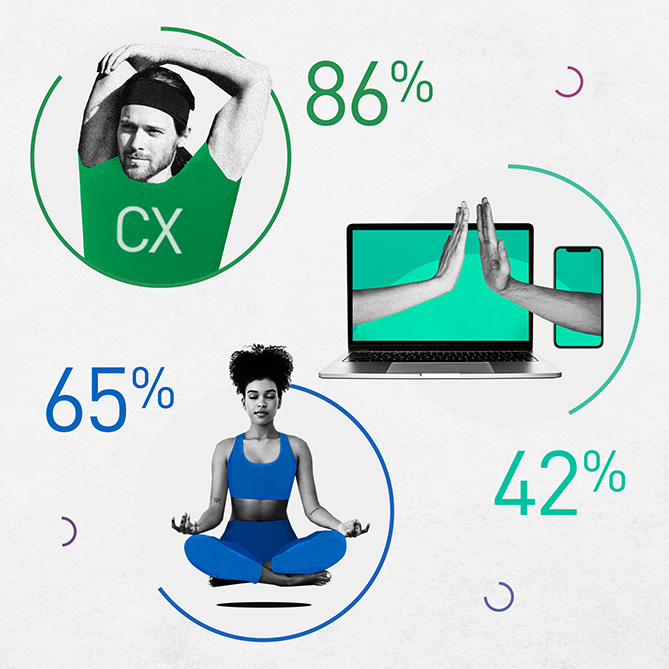Digital banking is in. According to eMarketer, the number of digital banking users in the US went from 133.5 million in 2014 to 157.3 million in 2018. By 2019, that figure is expected to be 161 million at the current rate of growth. These are encouraging numbers, but with every new user that signs up online, the burden on banks to keep our financial activities safe and secure increases.
Banks themselves are confounding the problem. As more users move online, physical branches are dropping like flies. To use the US as another example, 2017 saw 900 branches open, but at the same time, a whopping 3,200 branches saw the shutters come down for the final time. Are banks closing branches faster than they can secure online processes for users?
Machine learning and data mining may be about to save the day.
Machine learning for financial services
‘Machine Learning’ sounds like something out of a bad sci-fi novel, but it’s really quite simple. It’s all about patterns. We feed masses of information into an algorithm and that algorithm will recognise patterns and adapt processes accordingly. With hundreds of millions of users making financial transactions online every minute, delegating this job to a team of mere humans would be folly. As our preference for technology increases, so too does our dependence.
With hundreds of millions of users making financial transactions online every minute, delegating this job to a team of mere humans would be folly.
It isn’t just financial transactions that have to be managed and monitored either. It’s financial services in general. Loan applications, back-office functions, financial advice – all of these services need to be adapted, personalised and secured for millions of users every day.
Without this constant drive to innovate, banks would quickly lose their competitive edge in the market and fall into obscurity. We know that customer service can be tailored and optimised using big data, but what can machine learning add into the mix, and which financial services providers are currently blazing the trail forward?
Last of the great pretenders
If you could spot a fraud happening now, at this very moment, chances are you’d be able to do something to stop it. If the fraud was committed yesterday, the damage would already be done. This is the problem banks face every day, but HSBC has decided to tackle the problem using machine learning in 2018. They now use machine learning algorithms to comb through massive transactional data sets to stop anything that seems remotely unusual.
For users, this might mean an additional bit of legwork every time your bank flags some unusual activity (like you suddenly spending five times your weekly average in one big transaction), but it’s a small price to pay for the peace of mind it will no doubt bring. Banks staying ahead of the curve and actively positioning their marketing around this kind of tracking and security will find it easier to retain their customers – and earn new ones.
Would you take advice from a robot?
For anyone with even a moderate amount of wealth, investment is important. Open an ISA? Invest in stocks and shares? Many of us trust our banks to make our money work for us, but would we trust artificial intelligence?
Fintech startups like Nutmeg, Moneyfarm, and Acorn have made investing more accessible than ever. Such is the success of these fintech startups, that the big banks are starting to take notice. In the UK, UBS launched something called ‘SmartWealth’ which was able to provide real-time financial advice and tell people where to invest based on their goals and attitude to risk. The kicker is that no human bank employees are involved in this process. It’s completely automated based on big data and customer insight.
NatWest also launched a ‘robo-advice’ platform simply called Invest which UK customers could access with a minimum £500 investment. The platform would automatically ask a series of questions and then make the investments based on a range of factors. All of this requires virtually no input from the bank or its staff, and users have the benefit of enormous data sets and risk analyses to guide their cash.
Security 2.0
We’ve already touched on fraud and identity theft and how big data can help detect and prevent it, but how will this change the nature of ‘security’ for users? It’s very difficult for banks to ‘sell’ the importance of security to their customers without scaring them. We have countless passwords, memorable information, pin numbers, customer numbers and more – all of which we have to commit to memory. What if all of that was gone?
Smartphone technology is already making some of this possible. If you’re a Lloyds Bank customer in the UK, you no longer need a username or password to access your accounts – all you need is a phone that can recognise your fingerprint and you can be transferring funds within seconds.
In time, machine learning and artificial intelligence will be trusted with all of our security needs. We’ll expect our laptops, phones, and devices of the future to simply recognise us and let us go about our business. Imagine a world where you can walk into a store, take what you like off the shelf and walk out – the funds automatically deducted from your account because your presence at the store and the things you took from the shelves were tracked and registered.
This is the convenient and secure future we can expect to be pioneered in the field of financial services.
Image: pool.theinfosphere.org









